Procedures of Everyday Practice
Curated by Magdalena Ziółkowska
Part of Seismograph on tour
Partner: Bunkier Sztuki Gallery of Contemporary Art, Krakow
Part of Seismograph on tour
Partner: Bunkier Sztuki Gallery of Contemporary Art, Krakow
Procedures of Everyday Practice
Curated by Magdalena Ziółkowska
Part of Seismograph on tour
Partner: Bunkier Sztuki Gallery of Contemporary Art, Krakow
Everyday practices are tactical by nature. They try to take advantage of the possibilities in a situation which is already determined. They find a way of slipping through the cracks in control. Our methods of speaking, communication, reading, dressing up, walking around town… even the tiniest activities, are based on learning about tactics. Technocratic structures fill up every day, multiplying our predetermined actions but not eliminating our agency. Tactics battle with time, since they do not have their own base from which to operate but adjust to what is already there. They sneak into spaces that might open for only a short while and utilizes the data they can gather there. Time organises and dictates events, while tactics search for opportunities to create their own benefit. We all play for these “opportunities” – the weak against the strong, the excluded against the dominating, the invisible against the visible. By choosing tactics, we allow ourselves to organize our individual practices – our experiences, meetings, bonds, battles and joys – for ourselves while learning how to survive in the world of others. Varied tactics were with us throughout the ages – let us recall the Metis of ancient Greece, the goddess of both prudence and perversity, one of the thousands of Oceanides, who combined wisdom with cunning and concocted a treacherous potion for Cronus to deliver Zeus’ siblings. These subterfuges of ancient mythology were preceded by the primordial intelligence of the world of animals and plants, using camouflage, simulation and ruse to ensure the survival of their species in a hostile environment.
Moving from the world of nature to the city and its landscapes, while following the Kraków tradition of Tadeusz Kantor, we might suggest that the best medium for art is found in the regions outside of official awareness; places that are shameful, hidden away in bourgeois interiors, subject to prohibitions and penalties, and overwhelmed by conformity. This place for art has a therapeutic and cleansing effect on an individual – it is a space of conflict, of clashing ideological influences and of the social and political sphere. It can also be a tool for the recognition of everyday reality and its deconstruction into prime factors. The presentation of Procedures of Everyday Practice points to the concept of tactics and how they are utilized by the youngest artists in this city – graduates of the Academy of Fine Arts in Kraków – Róża Duda, Agnieszka Fluder, Krzysztof Furtas, Martyna Kielesińska, Magdalena Lazar, Marianna Serocka, and Michał Soja. Through their work, they learn how to define their own courses of action.
Curated by Magdalena Ziółkowska
Part of Seismograph on tour
Partner: Bunkier Sztuki Gallery of Contemporary Art, Krakow
Everyday practices are tactical by nature. They try to take advantage of the possibilities in a situation which is already determined. They find a way of slipping through the cracks in control. Our methods of speaking, communication, reading, dressing up, walking around town… even the tiniest activities, are based on learning about tactics. Technocratic structures fill up every day, multiplying our predetermined actions but not eliminating our agency. Tactics battle with time, since they do not have their own base from which to operate but adjust to what is already there. They sneak into spaces that might open for only a short while and utilizes the data they can gather there. Time organises and dictates events, while tactics search for opportunities to create their own benefit. We all play for these “opportunities” – the weak against the strong, the excluded against the dominating, the invisible against the visible. By choosing tactics, we allow ourselves to organize our individual practices – our experiences, meetings, bonds, battles and joys – for ourselves while learning how to survive in the world of others. Varied tactics were with us throughout the ages – let us recall the Metis of ancient Greece, the goddess of both prudence and perversity, one of the thousands of Oceanides, who combined wisdom with cunning and concocted a treacherous potion for Cronus to deliver Zeus’ siblings. These subterfuges of ancient mythology were preceded by the primordial intelligence of the world of animals and plants, using camouflage, simulation and ruse to ensure the survival of their species in a hostile environment.
Moving from the world of nature to the city and its landscapes, while following the Kraków tradition of Tadeusz Kantor, we might suggest that the best medium for art is found in the regions outside of official awareness; places that are shameful, hidden away in bourgeois interiors, subject to prohibitions and penalties, and overwhelmed by conformity. This place for art has a therapeutic and cleansing effect on an individual – it is a space of conflict, of clashing ideological influences and of the social and political sphere. It can also be a tool for the recognition of everyday reality and its deconstruction into prime factors. The presentation of Procedures of Everyday Practice points to the concept of tactics and how they are utilized by the youngest artists in this city – graduates of the Academy of Fine Arts in Kraków – Róża Duda, Agnieszka Fluder, Krzysztof Furtas, Martyna Kielesińska, Magdalena Lazar, Marianna Serocka, and Michał Soja. Through their work, they learn how to define their own courses of action.
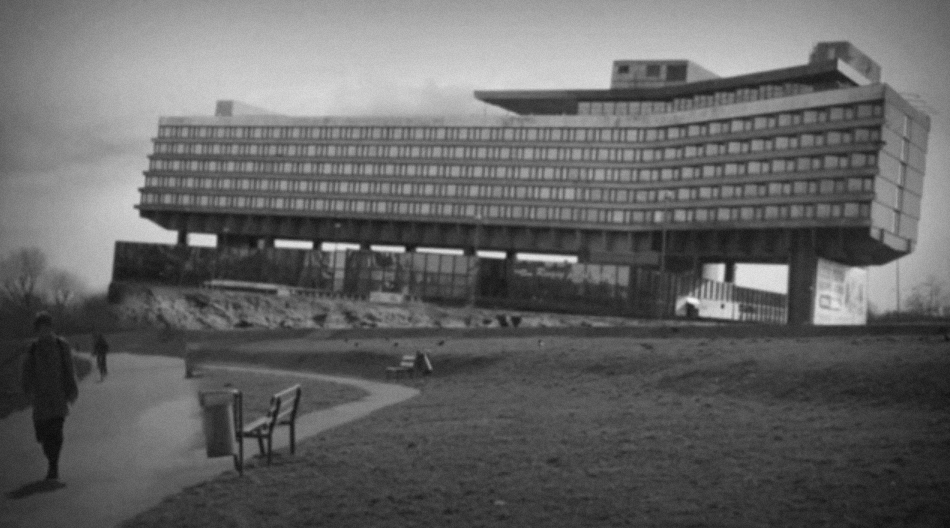
Magdalena Lazar, Atoms, 2010, b/w, sound, 00:08:37’

Martyna Kielesińska, There is no thing to be worried about, 2016, colour, sound, 00:04:03
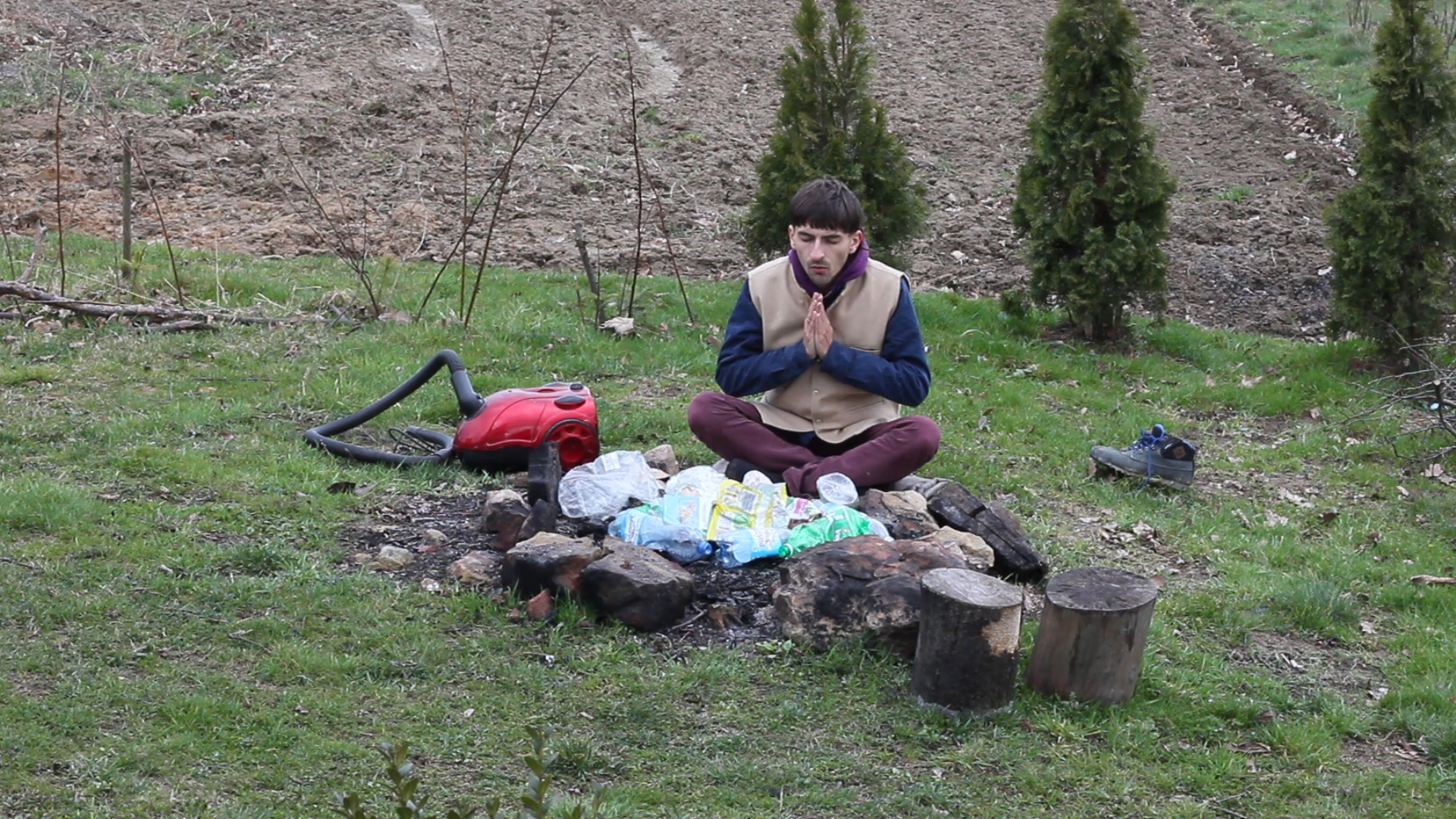
Krzysztof Furtas, Hominism, 2015, colour, sound, 00:08:00
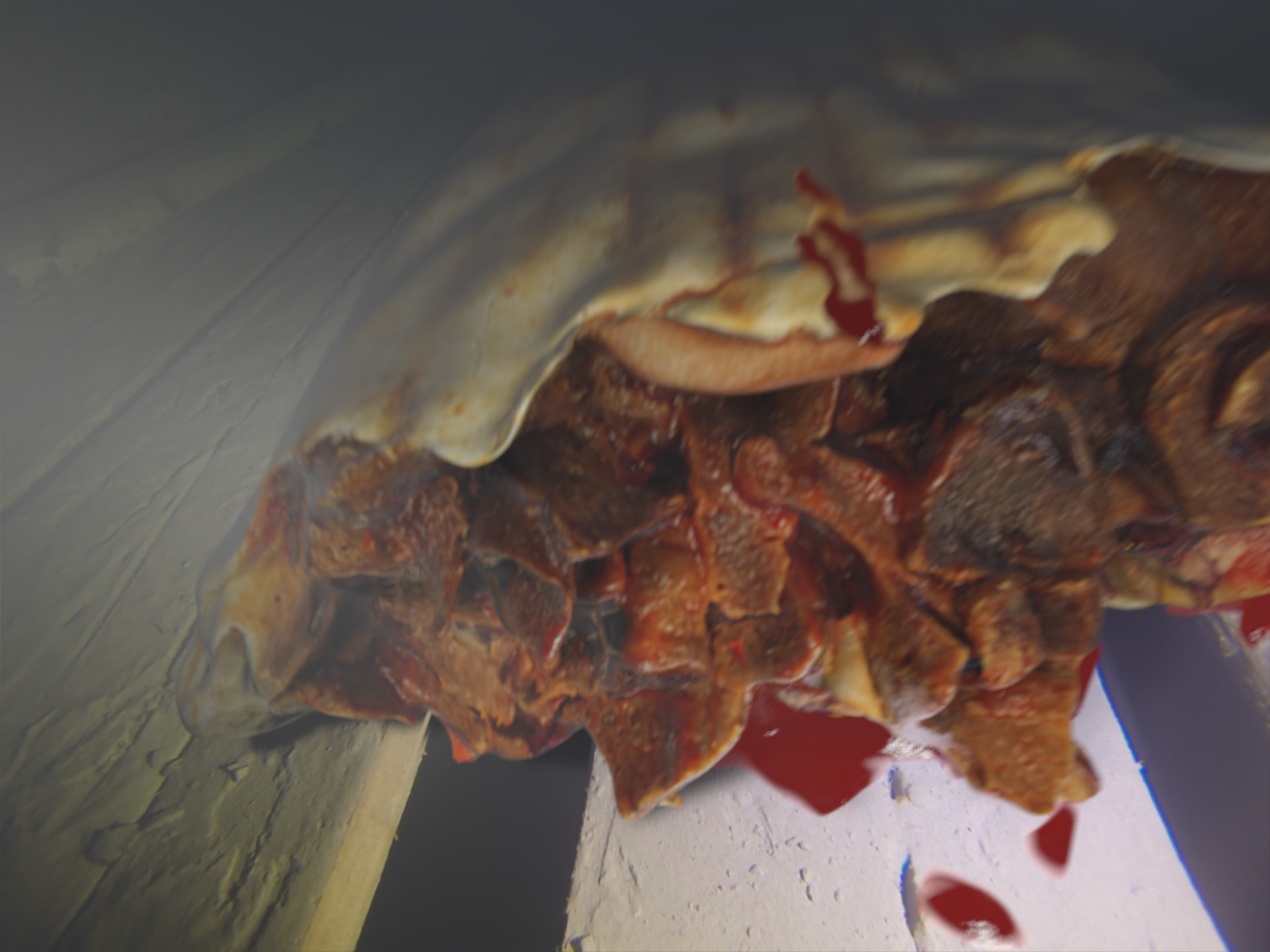
Róża Duda and Michał Soja, Gold mine, 2017, colour, sound, 00:10:20
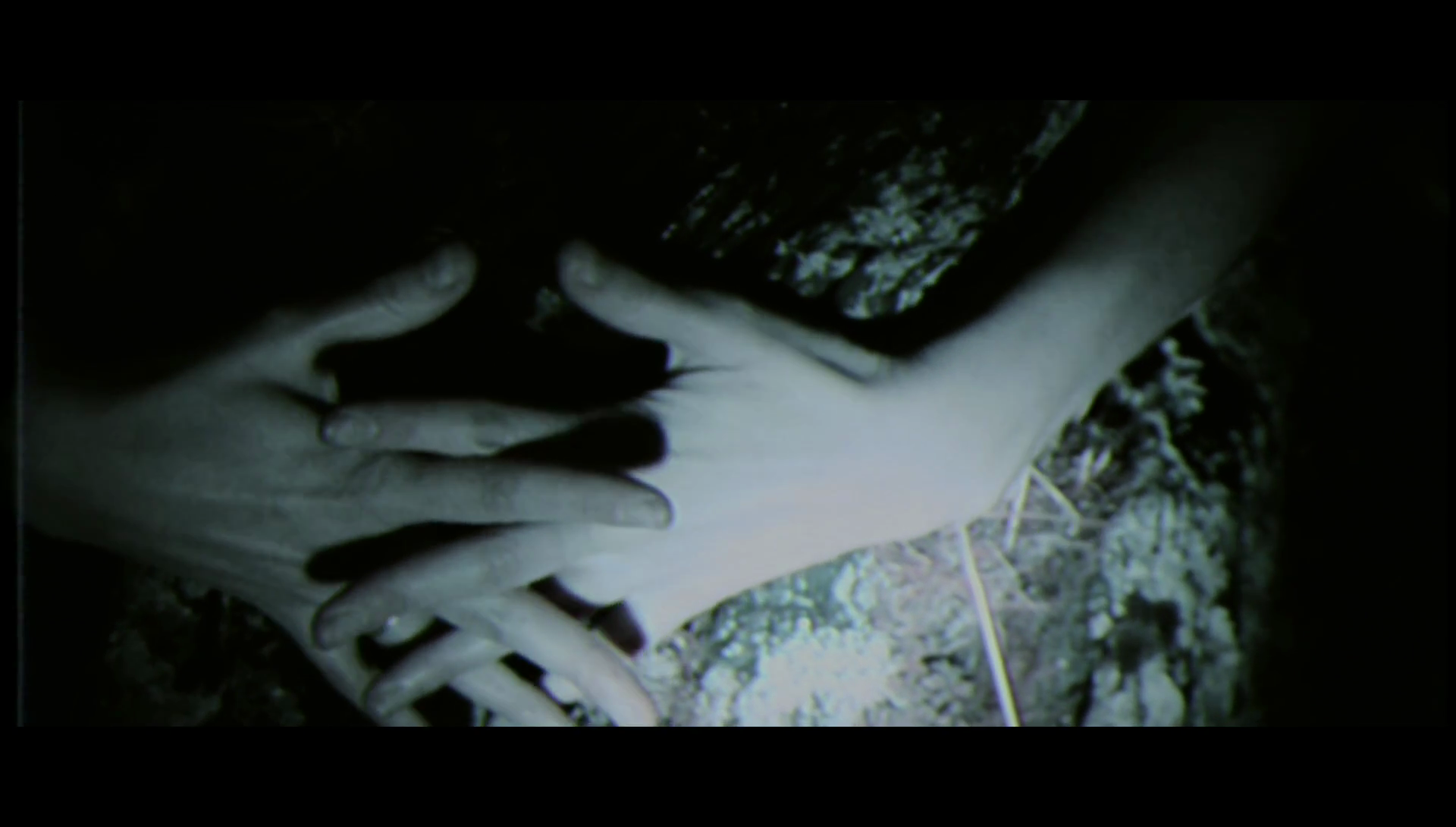
Marianna Serocka, Wavemaster, music by Undine, colour, sound, 00:06:37
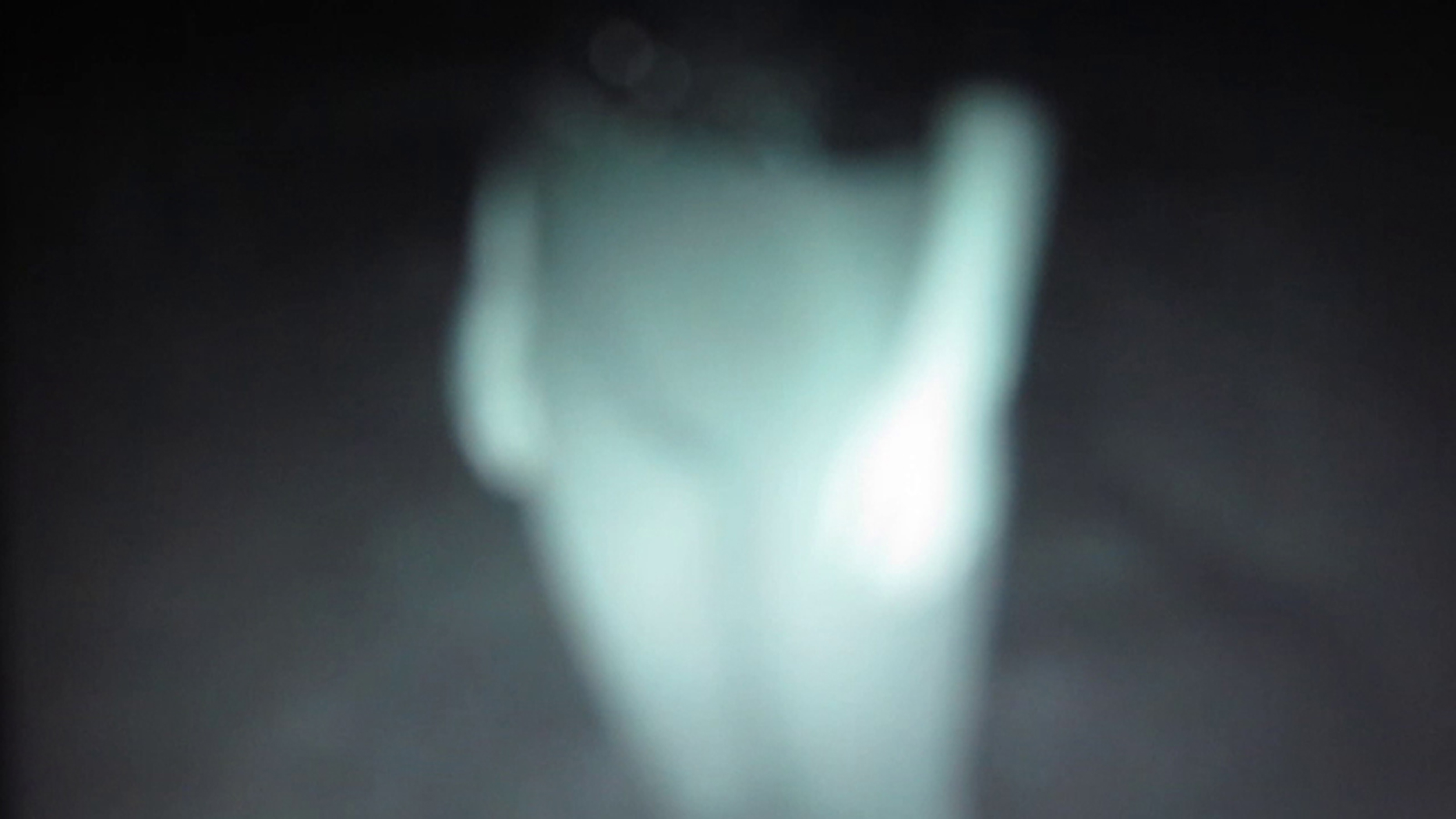
Agnieszka Fluder, Monitoring, 2012, colour, sound, 00:03:14

